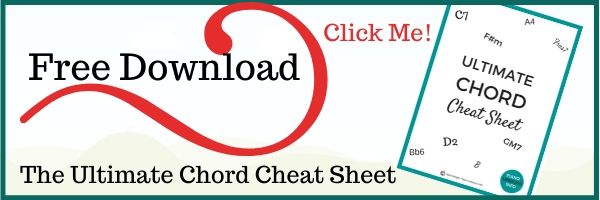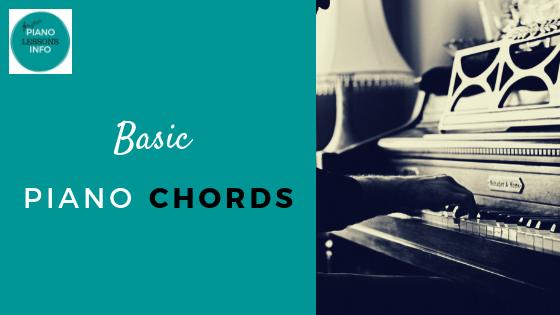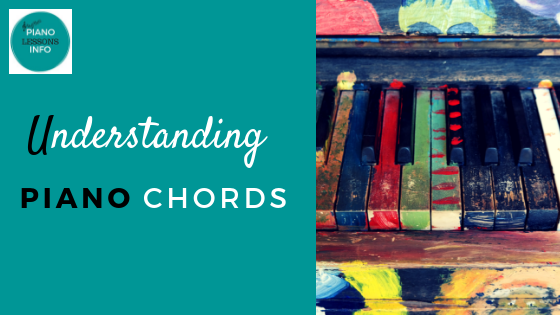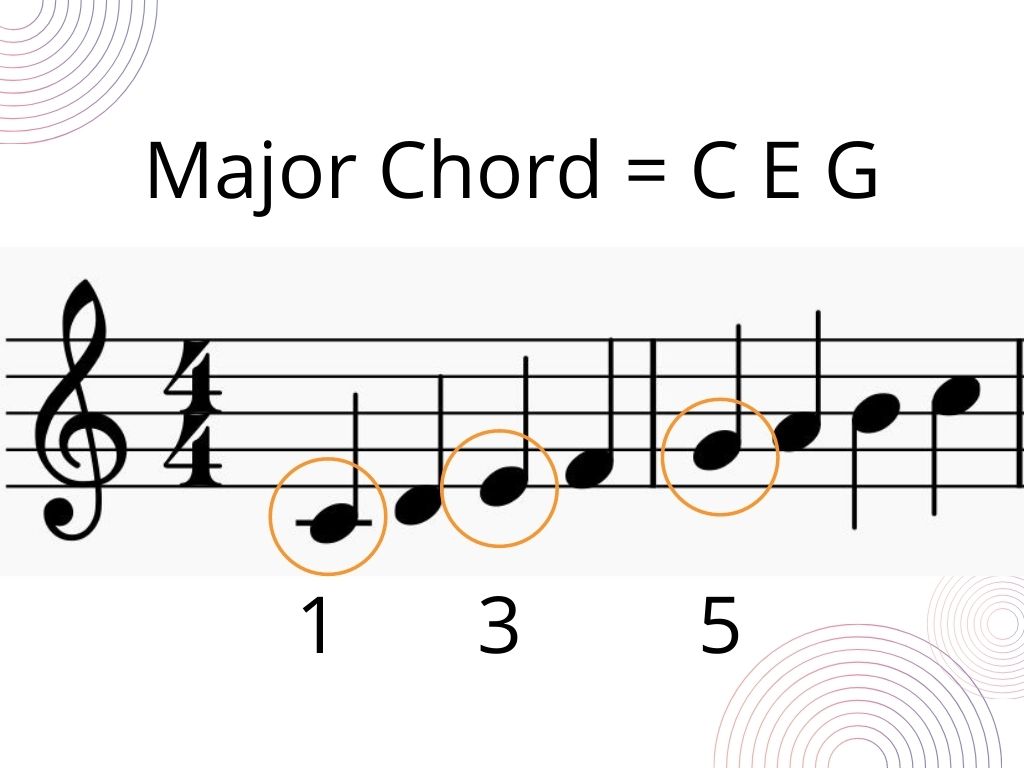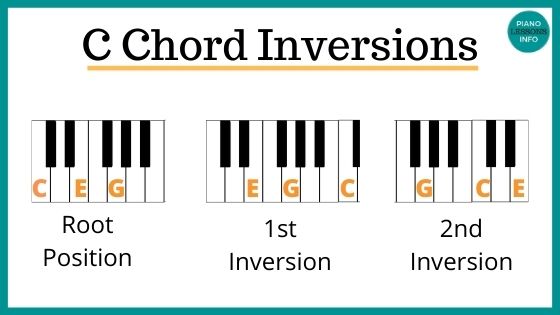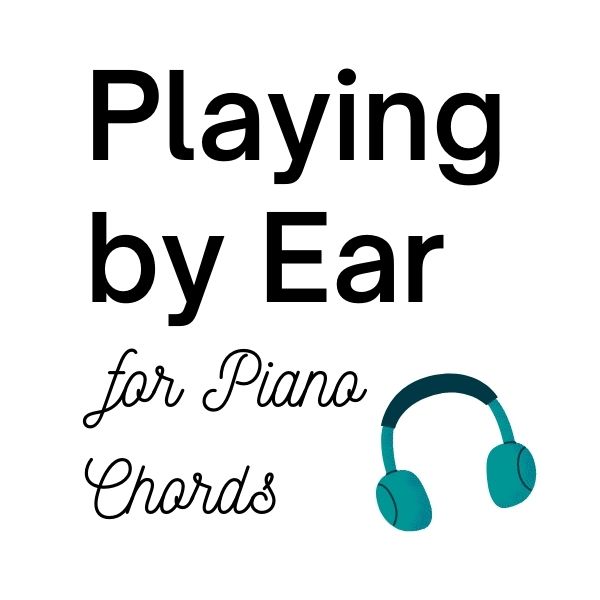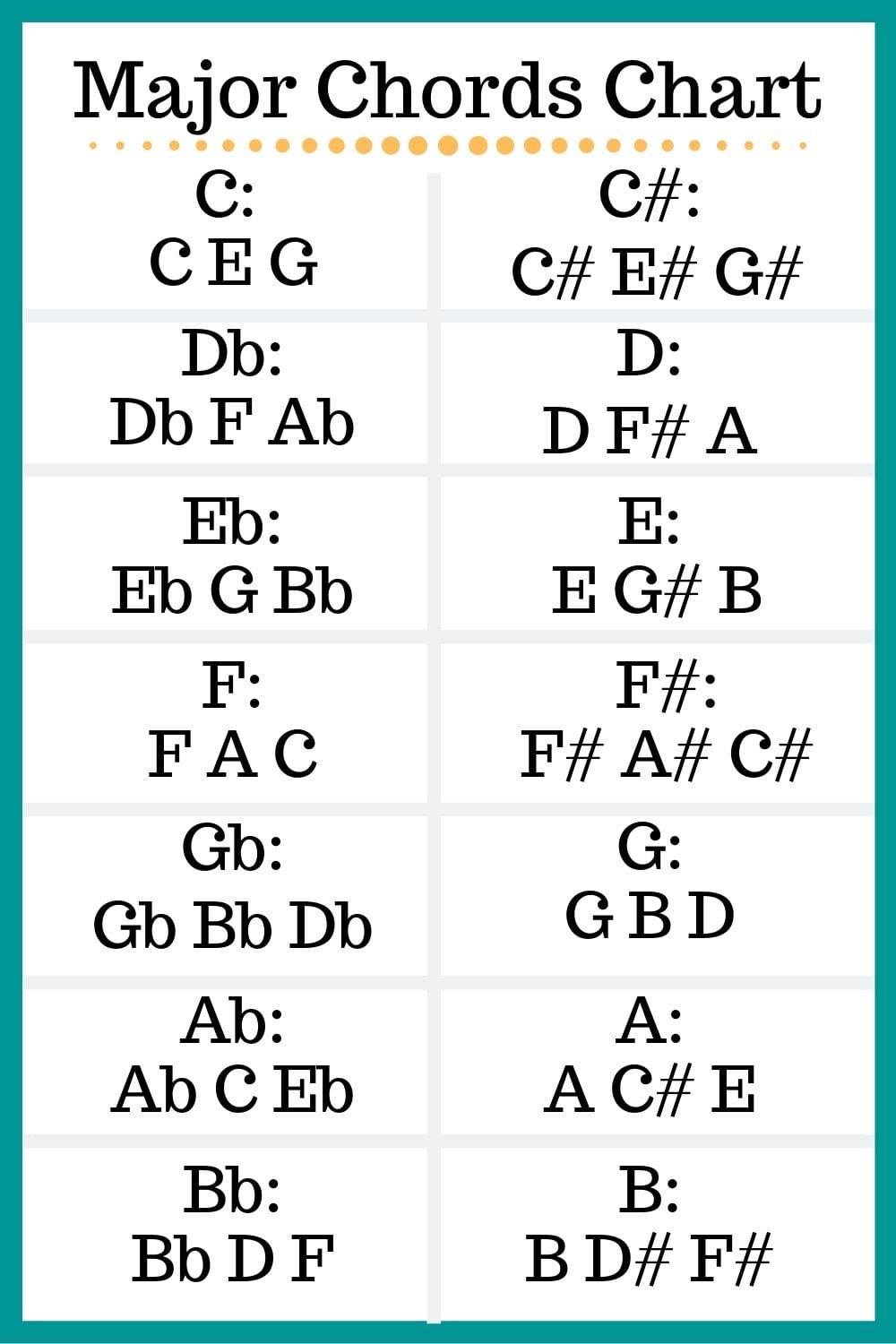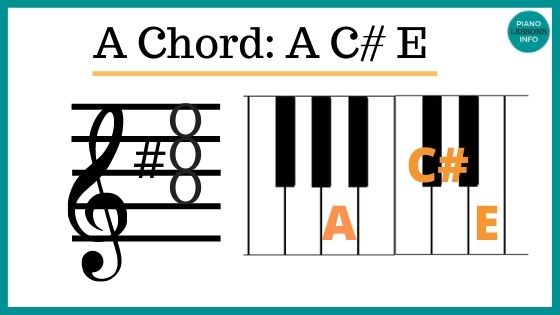Easily Make A Melody from A Chord Progression
Making a melody from a chord progression is really not that hard. And it can sound great!
Here is the step by step process you need to go through to do this.
Video Tutorial: Making A Melody From A Chord Progression
Step 1: Choose Your Chord Progression
The first step to working out a melody is to have a chord progression to start with.
Have one you like? Great.
No? We'll use this one on this page: G D/F# Em7 C
Step 2: Know Which Key You're In
The next thing you need to know is which key you're in. Do you need to play any black notes? (The answer is yes for anything other than the key of C.)
Often a chord progression will start with the chord from that key. For our chord progression, the first chord is G and the rest of the chords line up with that being in the key of G. So we know we need to play F# in our melody.
If you're not sure, look at which major chords you are playing. If you can find two that are beside each other (like F and G), you'll know that they will be the 4th and 5th notes of the scale. So you need to find the 1st note of the major scale - the other major chord (in this case it's C).
In our example, we have G, D/F#, Em7 and C. G, D and C are the major chords. C and D are beside each other on the piano. Our key is C.
You can also download my free Ultimate Chord Cheat Sheet which has chords listed in the keys they are in.
Want you want to know now: which black notes are you playing?
Step 3: Choose A Note from Your Chord
Next, choose a note from your first chord.
We have a G chord. We can choose G B or D.
This is your first melody note.
That's it. It's very simple!
Step 4: Chose Some More Notes from Other Chords
Now we can choose a note from the next chord in our chord progression.
Our next chord is D. So we can choose D, F# or A.
So say we choose B to play with the G chord and we'll choose A to play from our D chord. We've got the beginnings of our melody.
You can always try out different variations, different notes and see if you like it.
Now you'll choose some other notes from the rest of the chords you have.
Even if you have just 4 notes from the 4 chords, this is a great start.
Step 5: Do You Like Your Melody?
You can now play through your melody.
Do you like it? If yes, move on to the next step.
If no, go back and try something else.
I'd recommend writing down or recording the melody that you like so that you can remember it.
Step 6: Consider Adding In Other Notes
We don't only need to have one note per chord. We can definitely have more.
Not all of the notes need to be part of the chord either. We can add in a few others. At this stage, you're looking for what sounds good.
With our first chord, G, we already have the note B. We could try playing B C D with that chord. Or B A D.
The next chord is D and we were playing A. So it would be nice to play something that led nicely into the A.
Step 7: Find A Way to Remember Your Melody
Once you have the melody you like, find a way to remember it.
This can be through writing it in the treble clef, just writing out your notes, recording it on your phone and so on.
Remember to record your rhythm along with the notes.
When writing it down, you can also have the chords written above so that you know which chord you're playing with what.
You now have made your melody with your chord progression!
Step 8: Bring Out Your Melody Notes
One important thing to note here is that your melody needs to stand out. It needs to be a little bit louder than your chords. Most often, it will be the top line of what you play.
Watch your left hand and make sure it doesn't dominate or overpower your melody line.
Making Melody for Piano Chords Course
I have another 5 classes on making melody for piano chords. If you'd like to access them, you can inside of the Piano Chords Club. You can always join for a month ($29), do the course and then stick around for more or move onwards.
Click here to take a look at the Piano Chords Club and access the course Making Melody for Beautiful Piano Chords.
More Resources:
How to write a great melody (from Masterclass).
Composing a melody (Music Theory Academy).
Free Download:
Ultimate Chord Cheat Sheet
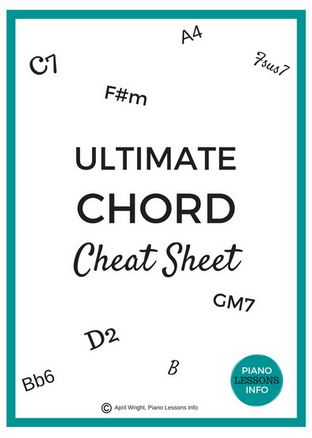
Subscribe below and get free access to the (printable) Ultimate Chord Cheat Sheet.
Recent Articles
-
Piano Notes Chart
Nov 20, 23 10:21 PM
Find a piano notes chart for treble clef and bass clef notes as well as the different types of notes. -
D Chord on Piano + Diagram, How To & Theory
Oct 24, 23 12:20 AM
Learn how to play the D chord on piano with diagram, fingering, D/A, D/F# and a theory explainer. -
Diminished Piano Chords: Chart & How to Make Them
Oct 09, 23 09:23 PM
Learn the different diminished piano chords and how to make them. Here you'll find both a diminished chord chart and an explanation.
Free Download:
Ultimate Chord Cheat Sheet

Subscribe below and get free access to the (printable) Ultimate Chord Cheat Sheet.
